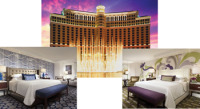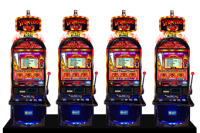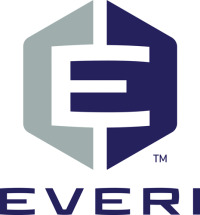
Purchasing Management International is the leading FF&E and OS&E purchasing company in the gaming industry. With extensive experience in large luxury gaming projects, working with the leading designers, architects and owners, PMI offers owners the accuracy, integrity and buying power necessary to successfully work on the most demanding gaming projects.
The company has purchased and installed more than $2 billion in hotel, resort and casino furnishings, operating equipment and systems worldwide. PMI’s services include FF&E and OS&E purchasing for renovation and new construction, operating supplies purchasing and advisory services for capital budgeting, inventories and due diligence for acquisitions and valuations.
In Las Vegas, PMI recently completed the renovations of the 800-room Bellagio Spa Tower, the 400-room Bellagio Suites Tower and the 1,100-room Tropicana. In the past, PMI has completed major works at Caesars Palace, Trump International, MGM Grand, Harrah’s, Treasure Island, Mirage, Hard Rock and Station Casinos’ Red Rock Resort. Outside of Las Vegas, PMI has worked on casinos from the East to West Coast including Revel, Borgata, Harrah’s Cherokee, Wind Creek Casino, Wild Horse Pass Casino and Sandia Casino. PMI expertly advises Indian gaming clients, tribal associations and native nations as part of their economic development activities.
PMI uses a unique purchasing management system to deliver the speed and accuracy required by gaming projects. PMI’s experienced staff is the best in the industry, and has deep vendor knowledge plus the creativity to keep projects moving forward under the pressure of a gaming project’s requirement. PMI’s system of checks and balances includes a separate expediting department to control the custom approval process, project deliveries and final delivery costs. Time and again, PMI saves clients money and time.
PMI’s mission is to provide a selected number of clients worldwide with its proven purchasing, renovation and technical expertise at the best quality and pricing obtainable in the industry.
For more information, please visit www.pmiconnect.com.













